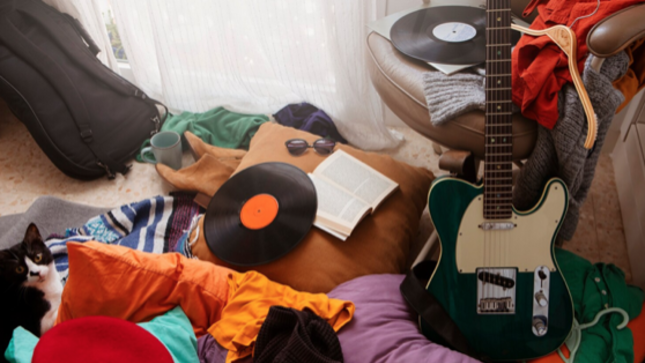
Moving can be a complicated process, especially if you are a musician or just a music lover with an extensive collection and expensive equipment. It's important to plan and organize the process properly so that your valuable possessions arrive at your new location safe and sound. In this guide, you'll find detailed tips and advice on packing, transporting and unpacking your music equipment and collections. Also, using
Elatemoving.com as an example, we will look at what criteria can be used to identify a truly reliable moving company that specializes in moving and will guarantee the security of your possessions.
Getting ready for the move
One of the sure ways to a successful move is to plan adequately. Make a detailed plan, set dates, and create a checklist of tasks. The next step is to make a list of all the music equipment and collections that one possesses. This will also assist in monitoring the packing and transportation process as well as examining the condition of the items at the new location. Be sure to determine what packing materials you will need: packaging materials such as boxes, bubble wrap, foam and other protective gear should be readily available.
Packaging of music equipment
Packing different musical instruments requires a special approach:
● For stringed instruments such as guitars and violins, it is recommended to loosen the strings and use hard cases, wrapping the instrument in bubble wrap.
● Keyboard instruments such as pianos and synthesizers need to secure moving parts and use professional cases or crates.
● Wind and percussion instruments should also be packed separately, using soft cloths for protection.
● Audio equipment, including speakers, amplifiers and vinyl turntables, requires additional protection of corners and surfaces with foam and bubble wrap.
● Studio equipment such as microphones and mixers are best packed in their original packaging or protective cases.
Packaging your music collection
It is equally important to pack your music collection properly:
● Vinyl records should be protected with plastic or paper envelopes and packed in small, sturdy boxes.
● Compact discs and cassettes are best placed in special albums or boxes and wrapped in bubble wrap for added protection.
● Sheet music and music books can be packed in plastic folders and wrapped in packing paper to avoid damage.
Transportation of music equipment and collections
When transplanting musical equipment the choice of the transportation company is very essential. Main criteria that can help select a reliable company include reviews, licenses, and specialization in transporting musical equipment. Ensure to discuss issues to do with insurance, packing and transportation techniques, and special equipment used during carriage. If you decide to transport the equipment yourself, follow the recommendations for placing and securing the equipment in the vehicle: place heavy items on the bottom and fasten it with belts. It is necessary to distribute the weight equally. One should also take into consideration the peculiarities of transportation in different seasons to avoid damage because of such factors as temperature fluctuations and humidity.
Unloading and installation at the new location
When arriving at the new place, all the music equipment must be carefully unpacked, and each of them should be inspected for external damages. Following visual check, connect your equipment to sound and studio to ensure that they are in proper working condition. This will assist you in detecting if there are any problems with the functioning of the device and rectifying them.
How you set up your instruments is also important. Physically examine if the strings and the mechanisms of the instruments got damaged during transport and adjust them if necessary. Keyboard and string instruments may need tuning again, and this is a job best left to experts.
One of the important factors being the organization of the music space at the new location. Position your equipment in convenient locations and create a comfortable environment for music-making.
Additional tips and advice
Keeping documentation and warranty cards can be helpful when moving. Keep all documents in one place, so you can access them quickly. Consider insuring your music equipment during the move to avoid significant financial losses in the event of damage. It's also a good idea to check out the advice of professionals: successful relocation case studies and advice from musicians and technicians can be very helpful.
In conclusion, it is important to notice that performing the successful move of music equipment and collections is not an easy feat, and each step should be taken with careful planning and consideration. This includes how to properly pack the musical equipment, where and how to get the best moving company and how to properly unpack the equipment and arrange the music space at the new place. Every step is important to keep your equipment safe and sound.

